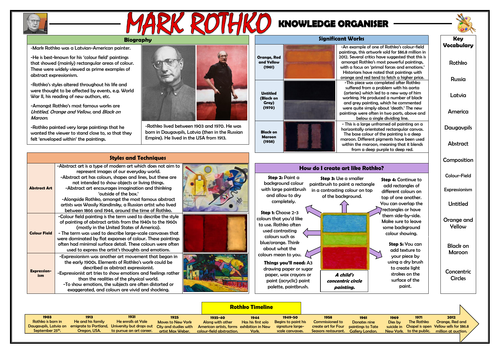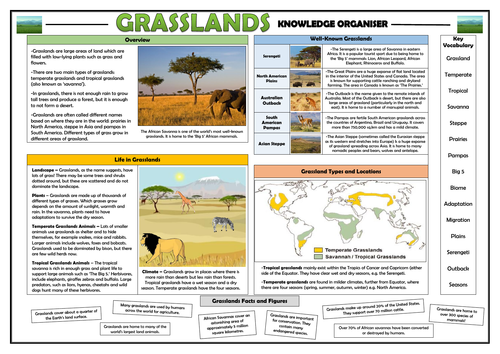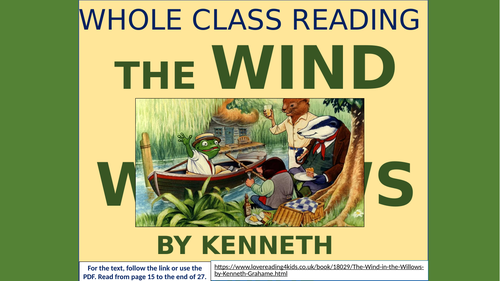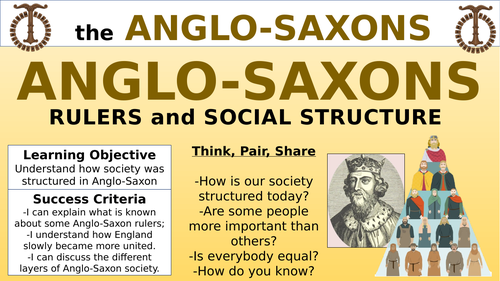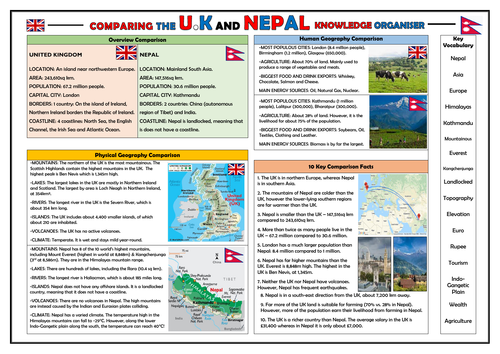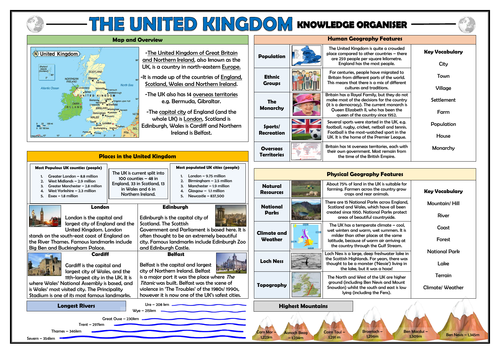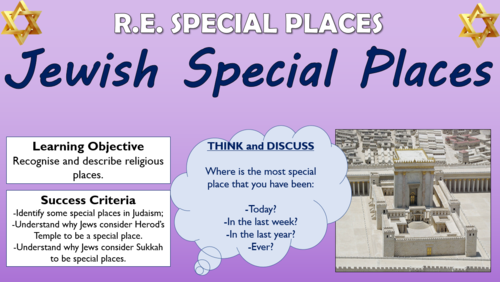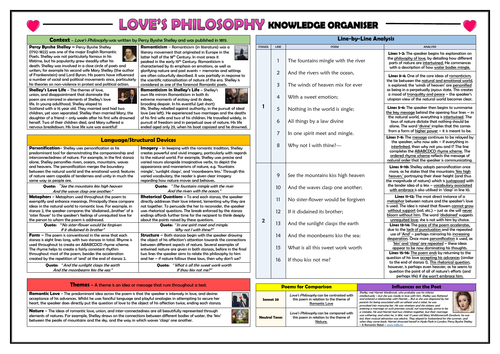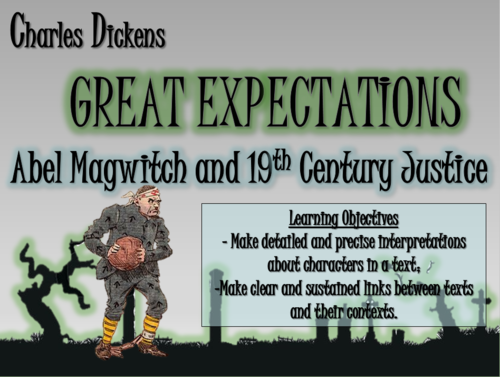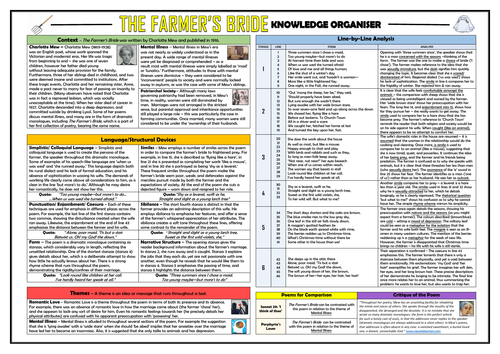
3k+Uploads
1858k+Views
2206k+Downloads
All resources

Writing Recounts - Lesson 4 - Creating Cohesion!
This engaging and purposeful lesson is the fourth in a series of lessons that enable children to gradually build towards composing an effective, well-structured recount. This lesson focuses on helping children to create cohesion in their writing. Whilst this series guides children towards writing a recount about an imaginary safari, the resources could be reasonably adapted to suit your own chosen topic.
The eye-catching and comprehensive PowerPoint presentation (19 slides) guides teachers and children along the following learning journey:
-Knowledge recall - revisiting what children already know about recounts;
-SPAG starter: Time connectives;
-Understanding other features that contribute to cohesion in written texts;
-Identifying good and bad examples of cohesion in texts;
-Following a model example to develop cohesion within the remainder of their written compositions;
-Reflecting on their learning from across the lesson.
These lessons were originally created for children in lower Key Stage 2 (Years 3 and 4).

Spirit Walker - Michelle Paver - Reading Comprehension Lesson!
This whole class reading session aims to develop children’s comprehension skills through reading and interpreting the opening section of Michelle Paver’s ‘Spirit Walker.’
The resource pack includes the extract needed and a clear and well presented PowerPoint, guiding the teacher and learners through the various activities. The reading is followed by a series of activities aiming to develop children’s retrieval, explanation, inference, sequencing and summarising skills. A vocabulary check helps to secure children’s understanding of any new or unfamiliar language.
The tasks are comprised of quick-check questions, solo thinking, pair/ group discussions and deeper thinking activities.
The session is best suited for children in years 5-6, although with minor adaptations it could feasibly be used with slightly younger and older year groups.

Mark Rothko Knowledge Organiser!
This clear, detailed and visually-appealing resource offers a complete reference point for students learning about the abstract artist Mark Rothko, as a part of their art and design study.
It contains comprehensive sections on:
-Biography of the Artist;
-Styles and Techniques;
-Rothko Timeline;
-Significant Works;
-Key Vocabulary;
-How do I create art like Rothko?
This resource can be adapted for all ages, but was originally designed for KS3/upper KS2 children.
The resource is designed to be printed onto A3, and is provided as both a PDF and a Word version (so that you can edit if you want to). All images used are licensed for commercial use.

Grasslands Knowledge Organiser!
This clear, detailed and visually-appealing resource offers a complete reference point for students revising knowledge relating to temperate and tropical grasslands, as a part of their study of physical geography. It contains comprehensive sections on:
Overview;
Life in Grasslands;
Notable Examples of Grasslands;
Types and Locations of Grasslands;
Important Facts and Figures;
Key Vocabulary.
The organiser is designed to help children to learn the relevant physical geography knowledge from areas of both the KS2 and KS3 Geography National Curriculum, however it can be adapted for other age groups if necessary.
The resource is designed to be printed onto A3 or A4, and is provided as both a PDF and a Word version (so that you can edit if you want to). All images used are licensed for commercial use and are cited on a separate document (included).

The Wind in the Willows - Whole Class Reading Session!
This whole class reading session aims to develop children’s fluency and comprehension skills through reading the opening to Kenneth Graeme’s ‘The Wind in the Willows.’
The reading is followed by a series of activities aiming to develop children’s VIPERS skills: vocabulary, inference, prediction, explanation, retrieval, sequencing and summarising. It also contains a vocabulary check immediately after the extract is read to clarify any unfamiliar/ difficult language.
The tasks are comprised of quick-check questions, solo thinking, pair/ group discussions and deeper thinking activities. The extract needed is provided as a PDF and a link to a web-based version is also included on the first slide.
The session is best suited for children in years 5-6, although with minor adaptations it could feasibly be used with slightly younger and older age groups.

Anglo-Saxon Rulers and Social Structure - Double Lesson!
In this engaging lesson, children are provided with an understanding of Anglo-Saxons rulers and social structure, through learning about:
how the different kingdoms of the Anglo-Saxons gradually unified;
three Anglo-Saxon rulers: Egbert, Alfred the Great and Athelstan;
the social hierarchy that governed Anglo-Saxon life.
The learning is guided by a clear and colourful PowerPoint presentation, which guides students through the following step-by-step journey:
-Knowledge recall - gauging what children already know about the Anglo-Saxon era (answers are provided);
-Understanding that Britain was split into Kingdoms under the Anglo-Saxons, and that these gradually unified over time to create England;
-Researching and learning about the three Kings - Egbert, Alfred the Great and Athelstan - who were each important in this transition towards unification;
-Learning about the social structure of Anglo-Saxon life under the King, and considering how life differed at each level of the hierarchy;
-Reflecting on what life was like for different people within Anglo-Saxon society;
-Comparing Anglo-Saxon society with the societal structure of modern Britain;
-Self-reflecting on the extent to which they feel they have met the learning objective.
Included is the comprehensive PowerPoint presentation (22 slides), and the worksheet for the researching activity.
In the past, I have used this lesson with children in upper KS2 (years 5 and 6) - the key learning is aligned with curriculum expectations for history. All images are licensed for commercial use.

The Bad Seed - Two Whole Class Reading Sessions!
This resource pack of 2 whole class reading sessions aims to develop children’s fluency and comprehension skills, through reading Jory John’s 'The Bad Seed.’
Children read the text (hyperlinked - free to read on Epic) in two stages. Each reading is followed by a series of activities aiming to develop children’s retrieval, explanation, inference, prediction and summarising skills. It also contains a vocabulary check immediately after the extract is read to clarify any unfamiliar/ difficult language.
The tasks are comprised of quick-check questions, solo thinking, pair/ group discussions and deeper thinking activities.
The sessions are best suited for children in years 1-2, although with minor adaptations it could feasibly be used with slightly younger and older year groups.

Comparison of the UK and Nepal - Geography Knowledge Organiser!
This clear, detailed and visually-appealing resource offers a complete reference point for students revising knowledge relating to the UK and Nepal, as a part of their study of their KS2 place, human and physical geography. It contains comprehensive sections on:
Key Facts Overview and Maps;
Physical Geography Comparison;
Human Geography Comparison;
10 Key Comparison Facts;
Key Vocabulary.
The organiser is designed to help children to learn the relevant place, human and physical geography knowledge from the KS2 Geography National Curriculum:
-understand geographical similarities and differences through the study of human and physical geography of a region of the United Kingdom and a region in a another country.
-physical geography, including: climate zones, rivers, mountains, volcanoes and earthquakes
-human geography, including: types of settlement and land use, economic activity including trade links, and the distribution of natural resources including energy.
The resource is designed to be printed onto A3, and is provided as both a PDF and a Word version (so that you can edit if you want to). All images used are licensed for commercial use and are cited on a separate document (included).

The Diary of a Killer Cat - Whole Class Reading Session!
This whole class reading session aims to develop children’s fluency and comprehension skills through reading the opening to Anne Fine’s ‘The Diary of a Killer Cat.’
The reading is followed by a series of activities aiming to develop children’s retrieval, explanation, inference, prediction and summarising skills. It also contains a vocabulary check immediately after the extract is read to clarify any unfamiliar/ difficult language.
The tasks are comprised of quick-check questions, solo thinking, pair/ group discussions and deeper thinking activities. The extract needed is provided as a PDF.
The session is best suited for children in years 2-3, although with minor adaptations it could feasibly be used with slightly younger and older year groups.

The World's Oldest Land Animal Turns 190 - Reading Comprehension Lesson!
This whole class reading session aims to develop children’s fluency and comprehension skills, through reading an informative and age-appropriate non-fiction text. The text is a news article about the birthday of the world’s oldest land animal: Jonathan the tortoise.
The reading is followed by a series of activities aiming to develop children’s retrieval, explanation, inference, prediction and summarising skills. It also contains a vocabulary check immediately after the extract is read to clarify any unfamiliar/ difficult language.
The tasks are comprised of quick-check questions, solo thinking, pair/ group discussions and deeper thinking activities. The age-appropriate reading text is produced by Kids News - it has been downloaded as a PDF and is included in the resource pack, and the link for the source is also provided on the first slide of the PowerPoint presentation.
The session is best suited for children in KS2 (particularly years 3-4), although with minor adaptations it could feasibly be used with slightly younger and older year groups.

Salvador Dali Knowledge Organiser!
This clear, detailed and visually-appealing resource offers a complete reference point for students learning about the artist Salvador Dali, as a part of their art and design study.
It contains comprehensive sections on:
-Biography of the Artist;
-Styles and Techniques;
-Dali Timeline;
-Significant Works;
-Key Vocabulary;
-How do I paint like Dali?
This resource can be adapted for all ages, but was originally designed for KS2 and KS3 children.
The resource is designed to be printed onto A3, and is provided as both a PDF and a Word version (so that you can edit if you want to). All images used are licensed for commercial use and are cited on a separate document (included).

KS1 Locational Knowledge - United Kingdom - Knowledge Organiser!
This clear, detailed and visually-appealing resource offers a complete reference point for KS1 students revising knowledge relating to the United Kingdom, as a part of locational knowledge in geography. It contains comprehensive sections on:
Overview and map;
Counties and Cities of the UK;
Longest Rivers;
Highest Mountains;
Human Geography Features;
Physical Geography Features.
The resource is designed to be printed onto A3, and is provided as both a PDF and a Word version (so that you can edit if you want to). All images used are licensed for commercial use and are cited on a separate document (included). The resource is aligned with the expectations of the KS1 geography national curriculum.

KS1 RE - Jewish Special Places!
In this engaging lesson, students develop their understanding of special places in Judaism. It was originally taught as a part of an RE unit on ‘Special Places.’
The learning is guided by a clear and colourful PowerPoint presentation, which guides students through the following step-by-step journey:
-Knowledge recall - gauging what children already know about special places in other religions;
-Being introduced to Herod’s Temple and the Western Wall, learning basic facts about where they are/ what they mean to Jews;
-Watching an age-appropriate, engaging video about Hannukah, and how it is related to events from the past at Herod’s Temple;
-Using these ideas to understand why the Western Wall is so sacred for Jews;
-Learning about Sukkah, including their main features and why they are built;
-Creating their own special places;
-Completing a plenary activity to assess their understanding;
-Self-reflecting on the extent to which they feel they have met the learning objective.
This resource pack includes the comprehensive PowerPoint presentation (23 slides) and the hyperlink for the video. There is everything that you need here to teach the lesson.
In the past, I have used this lesson with children from across Key Stage 1 - the key learning is aligned with curriculum expectations for RE, and also the content prescribed by most diocese regions. All images are licensed for commercial use.

Pointless: Romeo and Juliet Game!
Based on the popular game show 'Pointless', this resource is perfect for use as a whole lesson resource, enrichment option, or revision tool. Editable, so that you can change to any other topic or change questions. (I've also added a blank template so that you can make your own games from scratch). Containing almost 30 slides of sound clips, engaging visuals, and suitably challenging questions, this resource is effective at both promoting engagement and enhancing learning. There are several full rounds of questions to build or revisit knowledge of characters, plot, and themes in 'Romeo and Juliet.'
Round 1. The characters in Romeo and Juliet
Round 2. Quotations from the play
Round 3. Settings, themes, and objects
Round 4. Who appears in Act 1 Scene 1?
The nature of this game ensures that the resource can challenge students of all levels.

Love's Philosophy Knowledge Organiser/ Revision Mat!
This detailed and visually-appealing resource offers a complete reference point for students learning or revising Percy Bysshe Shelley’s love and relationships poem 'Love’s Philosophy.’ It contains comprehensive sections on:
Context;
Line-by-Line Analysis;
Poetic Devices/ Language Devices;
Themes;
Form/Structure;
Poems for Comparison;
The Poet’s Influences.
Key words and ideas are underlined for easy reference. The resource is designed to be printed onto A3, and is provided as both a PDF and a Word version (so that you can edit if you want to). All images used are licensed for commercial use and are cited on a separate document (included).

The Girl Who Speaks Bear - Whole Class Reading Session!
This whole class reading session aims to develop children’s comprehension skills through a reading of the opening chapter of Sophie Anderson’s ‘The Girl Who Speaks Bear.’
The resource pack includes the extract and all of the activities for the session, which the class are guided through via a comprehensive PowerPoint presentation. The reading is followed by a series of activities aiming to develop children’s retrieval, explanation, inference, prediction and summarising skills. It also contains a vocabulary check immediately after the extract is read to clarify any unfamiliar/ difficult language.
The tasks are comprised of quick-check questions, solo thinking, pair/ group discussions and deeper thinking activities.
The session is best suited for children in KS2. I originally used this with Year 4-5 children, although with minor adaptations it could feasibly be used with slightly younger and older year groups. The session is also suitable for home/ remote learning.

Scavengers - Darren Simpson - Whole Class Reading Session!
This whole class reading session aims to develop children’s comprehension skills through a reading of the opening chapter of Darren Simpson’s ‘Scavengers.’
The resource pack includes the extract and all of the activities for the session, which the class are guided through via a comprehensive PowerPoint presentation. The reading is followed by a series of activities aiming to develop children’s retrieval, explanation, inference, prediction and summarising skills. It also contains a vocabulary check immediately after the extract is read to clarify any unfamiliar/ difficult language.
The tasks are comprised of quick-check questions, solo thinking, pair/ group discussions and deeper thinking activities.
The session is best suited for children in KS2. I originally used this with Year 4-5 children, although with minor adaptations it could feasibly be used with slightly younger and older year groups. The session is also suitable for home/ remote learning.

Contact - Malorie Blackman - Whole Class Reading Session!
This whole class reading session aims to develop children’s comprehension of the opening chapter of Malorie Blackman’s ‘Contact.’
It contains a link to the online chapter (on the first slide) and a PDF version if needed. This is followed by a series of activities aiming to develop children’s retrieval, explanation, inference, prediction and summarising skills. It also contains a vocabulary check immediately after the extract is read to clarify any unfamiliar/ difficult language.
The tasks are comprised of quick-check questions, solo thinking, pair/ group discussions and deeper thinking activities.
The session is best suited for children in years 2-4, although with minor adaptations it could feasibly be used with slightly younger and older year groups.

Great Expectations: Abel Magwitch and 19th Century Justice!
This engaging and informative lesson enables students to make detailed and precise interpretations of the character of Abel Magwitch in Great Expectations, through developing a deep understanding of the key features of the 19th Century criminal justice system. In particular, students learn about how criminals were perceived and treated in Victorian society, and link this knowledge to Abel Magwitch’s introduction, development, and demise in the novel.
The lesson follows a step-by-step learning journey, in which children learn through:
- Understanding key contextual information about the 19th Century criminal justice system;
- Reading extracts about Abel Magwitch in 'Great Expectations' and identifying the features of the 19th Century justice system within the text;
- Analysing how Dickens presents his views about the treatment of criminals through the character of Abel Magwitch in the text;
- Peer assessing each other's learning attempts.
Included is:
- Whole lesson PowerPoint - colourful and comprehensive;
- Extracts about Abel Magwitch;
- Analysis template with success criteria for creating well-structured responses;
- Comprehensive lesson plan.
All documents are attached as Word and PDF in case formatting differs on your computer.
There are also opportunities for group learning, peer assessment, and whole class discussion. This was originally taught to mixed ability year 10 groups, but can easily be differentiated for groups of different ages and abilities.
All images are licensed for commercial use, and image rights are listed on the last page of the presentation.

The Farmer's Bride Knowledge Organiser/ Revision Mat!
This detailed and visually-appealing resource offers a complete reference point for students learning or revising Charlotte Mew’s love and relationships poem 'The Farmer’s Bride.’ It contains comprehensive sections on:
Context;
Line-by-Line Analysis;
Poetic Devices/ Language Devices;
Themes;
Form/Structure;
Poems for Comparison;
Critique of the Poem.
Key words and ideas are underlined for easy reference. The resource is designed to be printed onto A3, and is provided as both a PDF and a Word version (so that you can edit if you want to). All images used are licensed for commercial use and are cited on a separate document (included).



